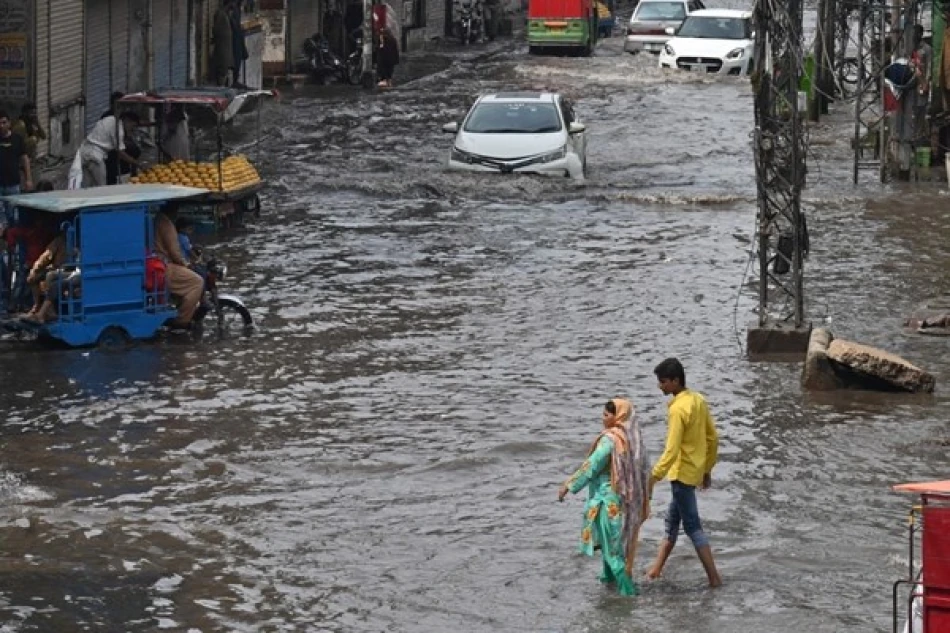
Pakistan Monsoon Disaster: Hundreds Killed, Thousands Injured as Seasonal Rains Wreak Havoc
Pakistan's Monsoon Crisis Deepens as Flash Floods Kill Nearly 300, Expose Climate Vulnerability
Pakistan's deadly monsoon season has claimed at least 299 lives since late June, with children accounting for nearly half the casualties, highlighting the country's acute vulnerability to extreme weather events that are becoming increasingly severe due to climate change. The disaster underscores Pakistan's struggle with inadequate disaster preparedness despite being ranked among the world's most climate-vulnerable nations.
Devastating Human Toll Reveals Infrastructure Gaps
The Pakistan National Disaster Management Authority reported that flash floods and torrential rains have killed 299 people, including 140 children, while injuring over 700 others since June 26. The casualty breakdown—102 men, 57 women, and 140 children dead—reveals a troubling pattern where children bear a disproportionate burden of climate disasters, likely due to limited mobility and dependence on adults during emergency evacuations.
Among the injured, 239 are children, 204 are women, and 272 are men, indicating that families in rural and flood-prone areas lack adequate early warning systems or safe evacuation routes.
Economic Impact Compounds Recovery Challenges
The floods have destroyed 562 homes completely and partially damaged another 1,114, affecting approximately 1,676 households. This housing destruction represents not just immediate displacement but long-term economic hardship for families who typically lack comprehensive insurance coverage.
The loss of 428 livestock heads adds another layer of economic devastation, particularly for rural communities where cattle represent both livelihood and food security. In Pakistan's agrarian economy, livestock losses often translate to years of financial recovery for affected families.
Rescue Operations Highlight Systemic Preparedness Issues
While authorities conducted 223 rescue operations and evacuated 2,880 people, the scale of casualties suggests that early warning systems and preventive evacuations remain insufficient. The rescue-to-casualty ratio indicates that many communities were caught off-guard by the flooding intensity.
Climate Pattern Intensification Demands New Strategies
Pakistan's current crisis mirrors the catastrophic 2022 floods that affected 33 million people and caused $30 billion in damages. The recurring severity of monsoon-related disasters reflects broader climate trends affecting South Asia, where rising temperatures intensify precipitation patterns and increase flood risks.
Unlike countries such as Bangladesh, which has invested heavily in cyclone shelters and early warning systems, Pakistan's disaster management infrastructure remains underdeveloped relative to its climate risk exposure. The country receives less than 1% of global climate finance despite contributing less than 1% of global emissions while facing extreme climate impacts.
Regional Context and Future Implications
Pakistan's monsoon disasters occur amid a broader pattern of extreme weather across South Asia. India recently experienced severe heatwaves followed by intense flooding, while Bangladesh faces increased cyclone intensity. However, Pakistan's combination of political instability, economic constraints, and geographic vulnerability creates a particularly challenging disaster management environment.
The recurring nature of these disasters—with similar casualty patterns and infrastructure damage—suggests that Pakistan needs fundamental shifts in urban planning, early warning systems, and climate adaptation financing rather than reactive disaster response measures.
 Layla Al Mansoori
Layla Al Mansoori







